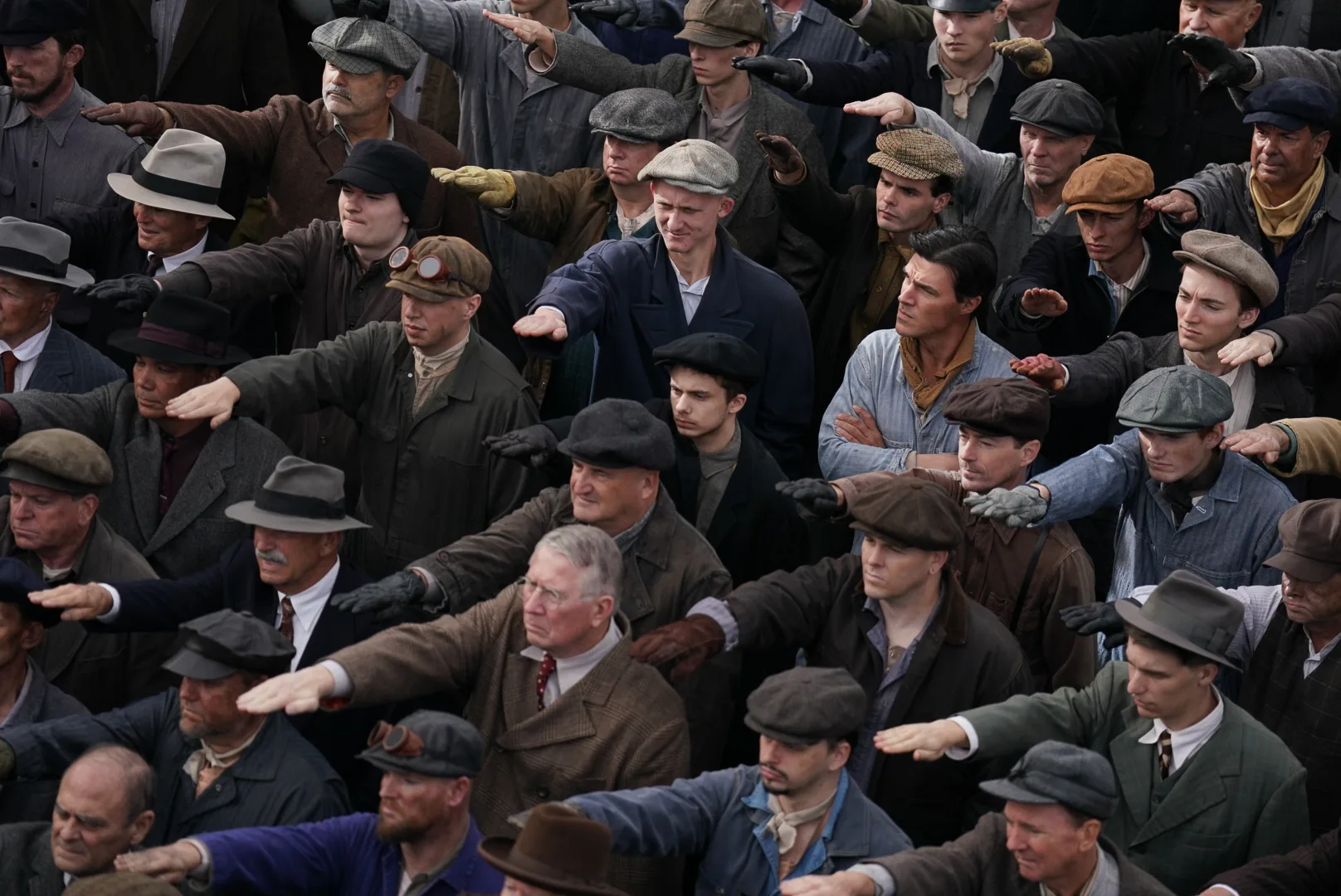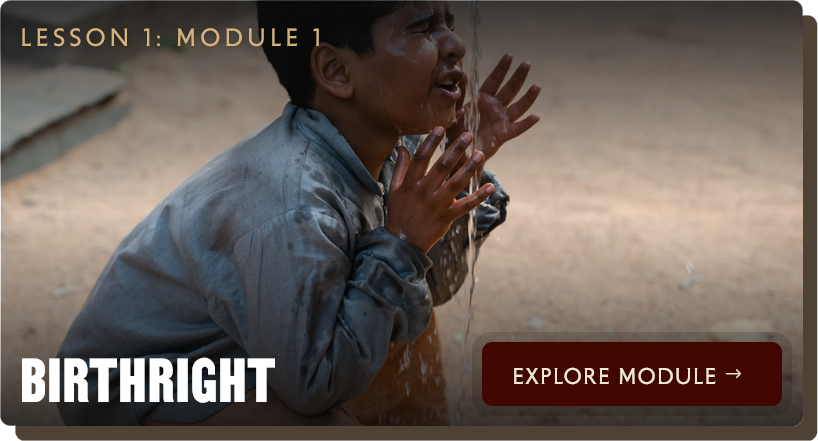
- Professor John A. Powell
Class often overlaps with caste, while also intersecting with factors such as gender, race, geography and occupation, leading to a complicated web of opportunity and oppression. Assumptions and prejudices based on who and what we value help keep the caste systems alive around the world.
Class often overlaps with caste, while also intersecting with factors such as gender, race, geography and occupation, leading to a complicated web of opportunity and oppression. Assumptions and prejudices based on who and what we value help keep the caste systems alive around the world.
In this lesson, we’ll delve into the process of “othering” and the concept of “belonging” as they relate to an individual’s position within society across different times and locations. Through examining historical and contemporary examples, we’ll explore who society values and why.
Lesson One
Objectives
By the end of the lesson,
participants will be able to:
- Recognize and describe how the concept of “whiteness” influences the United States Census.
- Investigate the themes of acceptance and alienation in society, considering who is valued and why.
- Analyze significant legal cases in American history and how they reinforce or challenge social hierarchies.
- Evaluate how the practices of “othering” (excluding and limiting) and “belonging” (including and embracing) impact individuals and communities.
By the end of the lesson,
participants will be able to:
- Recognize and describe how the concept of “whiteness” influences the United States Census.
- Investigate the themes of acceptance and alienation in society, considering who is valued and why.
- Analyze significant legal cases in American history and how they reinforce or challenge social hierarchies.
- Evaluate how the practices of “othering” (excluding and limiting) and “belonging” (including and embracing) impact individuals and communities.
Courtesy of ARRAY Filmworks
Courtesy of ARRAY Filmworks
Cultural Purity
Caste systems rely on maintaining the purity of the dominant caste. In Isabel Wilkerson’s book Caste, Purity vs. Pollution is the fourth pillar of caste systems.
Members of Germany’s Nazi Party used the idea of racial purity to support their caste system. Historians Jackson Spielvogel and David Redles write, “Hitler’s racial ideology stemmed from what he called ‘the basic principle of the blood.’ This meant that the blood of every person and every race contained the soul of a person and likewise the soul of his race, the Volk. Hitler believed that the Aryan race, to which all ‘true’ Germans belonged, was the race whose blood (soul) was of the highest degree. God Himself had, in fact, created the Aryans as the most perfect men, both physically and spiritually.”

Courtesy of ARRAY Filmworks
Caste Vocabulary: Othering and Belonging
Click on the words OTHERING and BELONGING for definitions important for the next learning module.
OTHERING
OTHERING
"A set of dynamics, processes, and structures that engender marginality and persistent inequality across any of the full range of human differences based on group identities. In opposition to belonging, othering is a frame that captures the many forms of prejudice and persistent marginality such as race, gender, sexuality, religion, income and disability. The term also explains and analyzes a set of common policies and practices that engender othering."
— Othering and Belonging Institute
"A set of dynamics, processes, and structures that engender marginality and persistent inequality across any of the full range of human differences based on group identities. In opposition to belonging, othering is a frame that captures the many forms of prejudice and persistent marginality such as race, gender, sexuality, religion, income and disability. The term also explains and analyzes a set of common policies and practices that engender othering."
— Othering and Belonging Institute
BELONGING
BELONGING
"More than just being seen or feeling included, belonging entails having a voice and the opportunity to use it to make demands upon society and political institutions. Belonging is more than having access; it is about the power to co-create the structures that shape a community."
— Othering and Belonging Institute
"More than just being seen or feeling included, belonging entails having a voice and the opportunity to use it to make demands upon society and political institutions. Belonging is more than having access; it is about the power to co-create the structures that shape a community."
— Othering and Belonging Institute


